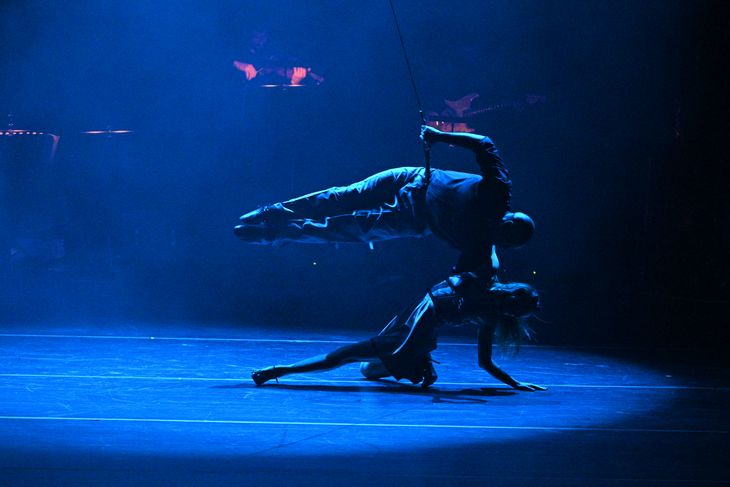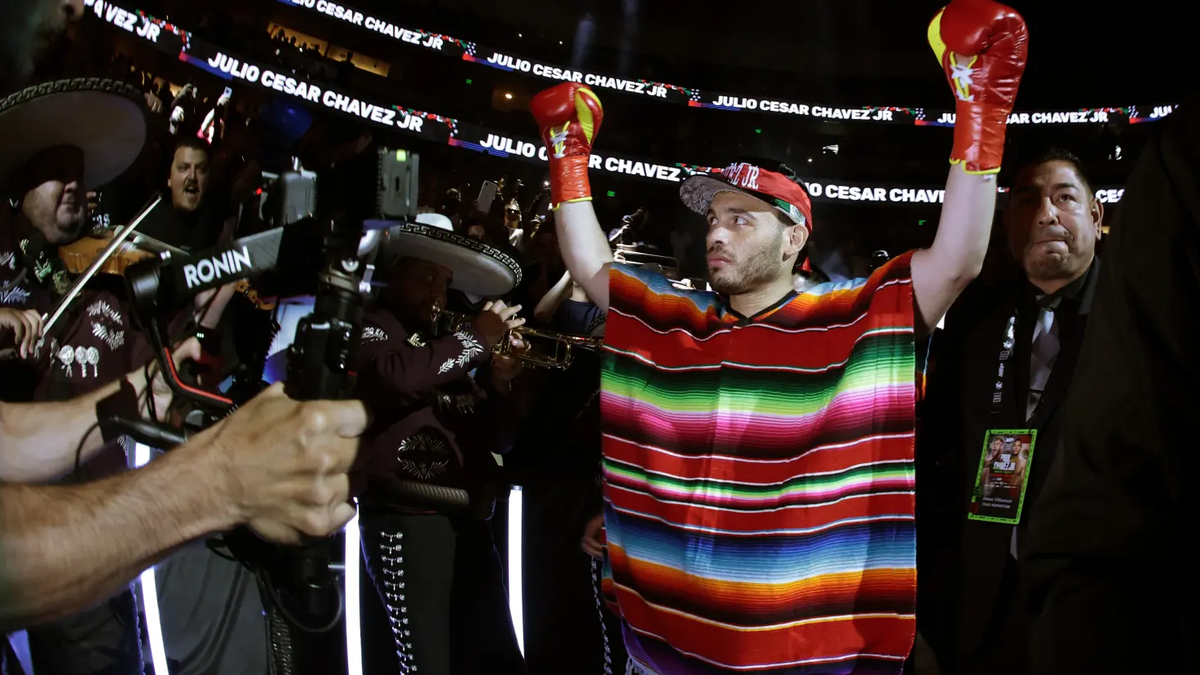The Second International Independent Dance Festival, FIDIC 2024, from Thursday to Sunday, which brings together established and emerging choreographers from the contemporary dance scene. It will be held in four locations: The Rojas Cultural Center, the Cooperation Cultural Center, the San Martín Cultural and the Libertad Palace (former Kirchner Cultural Center).
Under the direction of Susana Szperling, It will bring together dance, art and sustainability, and is a product of the work of COCOA (Contemporary Choreographers Associated Dance-Independent Theatre), which turns 27 this year.
The program includes, among others, “Diary of a Desert of Flowers,” by Javier Zuker, Thursday at 8:15 p.m. at the CCC; “Architecture of suction, of Luana Albeniz, on Friday at 7 p.m. at Rojas; “It’s not called”, Julia Gomezon Saturday at 9:30 p.m. at the Rojas and on Sunday on the terrace of the Ballena Azul of the CCK “Hybrid Dance”, Mariana Belloto, at 16 and “Retrospectives and archives in videodance”, with Brenda Angiel, Silvina Szperling, Margarita Bali and María José Goldín, at 8 p.m. We talked with Susana Szperling.
Journalist: They emphasize that it is independent dance, are there other circuits like in theater?
Susana Szperling: Yes, there are various circuits and also modes of production in dance. National and municipal theaters have a budget to maintain the dance companies or productions that take place there and cover the production. From the payment of the dancers’ monthly fees to the costs of guest artistic teams and stage production, scenography, costumes, technique, etc. In the commercial theater circuit they perform seasonal plays that generally have a high audience reach. The fact of having investing producers generates the possibility of a greater number of performances with an audience, which leaves an interesting economic recovery from ticket sales.
8cho d.JPG
“Ocho” by Brenda Angiel will be present as a video dance.
Q: And the independent circuit?
H.H: It is made up of a large number of artists, managers and producers who assemble their teams on a smaller scale where they finance part of their production with their own contributions and resources, whether human, space and technical, and can receive support as a co-production from the cultural spaces and public policy organizations aimed at promoting the arts. In that sense, it has a similar audience interested in innovative and unique proposals and affluent in the warmth of smaller theaters. These works circulate through different territories and dance and theater festivals generate encounters with diverse audiences. Of course there is a certain porosity of exchange between the independent scene that often feeds interesting proposals to the other two instances that I mentioned before.
Q: What does this festival offer to the public?
H.H: In this new edition there were 120 proposals received, presenting a very varied and diverse program of works, performances, talks, a video dance cycle and a free professional workshop. We propose a synergy presenting in different spaces of the city. There are works in traditional and unconventional settings where the audience will be immersed alongside the performers. Some proposals have live music, unique scenic objects, texts, projections and different worlds. An encounter also with the adrenaline of dance and bodies counting. There are also informative talks on cinema-dance in Argentina with works of heritage value. A free dance and technology workshop.
Q: What place does the dancer occupy in musical comedies, which are dominating commercial theater?
H.H: Just yesterday at a research table at UNA, a colleague was talking about how in musical comedies or musical theater the role of dance, text and music have the same value and space to tell their story. Of course, there are various positions that can vary these percentages. In the musical I believe that the dancer or performer who ideally dances sings and acts, although he has his personal imprint, in general he follows the directives of the choreographers, directors and musicians in charge. Sometimes there is also the corps de ballet, a figure that has a more secondary role, although they are the ones that fill the work with meaning and enhance it. On the other hand, the musical is a genre and has its styles. In the case of independent dance, this role situation is more mobile and the performers often collaborate in the creative process as co-creators along with the choreographer or director. And their aesthetics and styles are very varied.
Source: Ambito
I am an author and journalist who has worked in the entertainment industry for over a decade. I currently work as a news editor at a major news website, and my focus is on covering the latest trends in entertainment. I also write occasional pieces for other outlets, and have authored two books about the entertainment industry.




